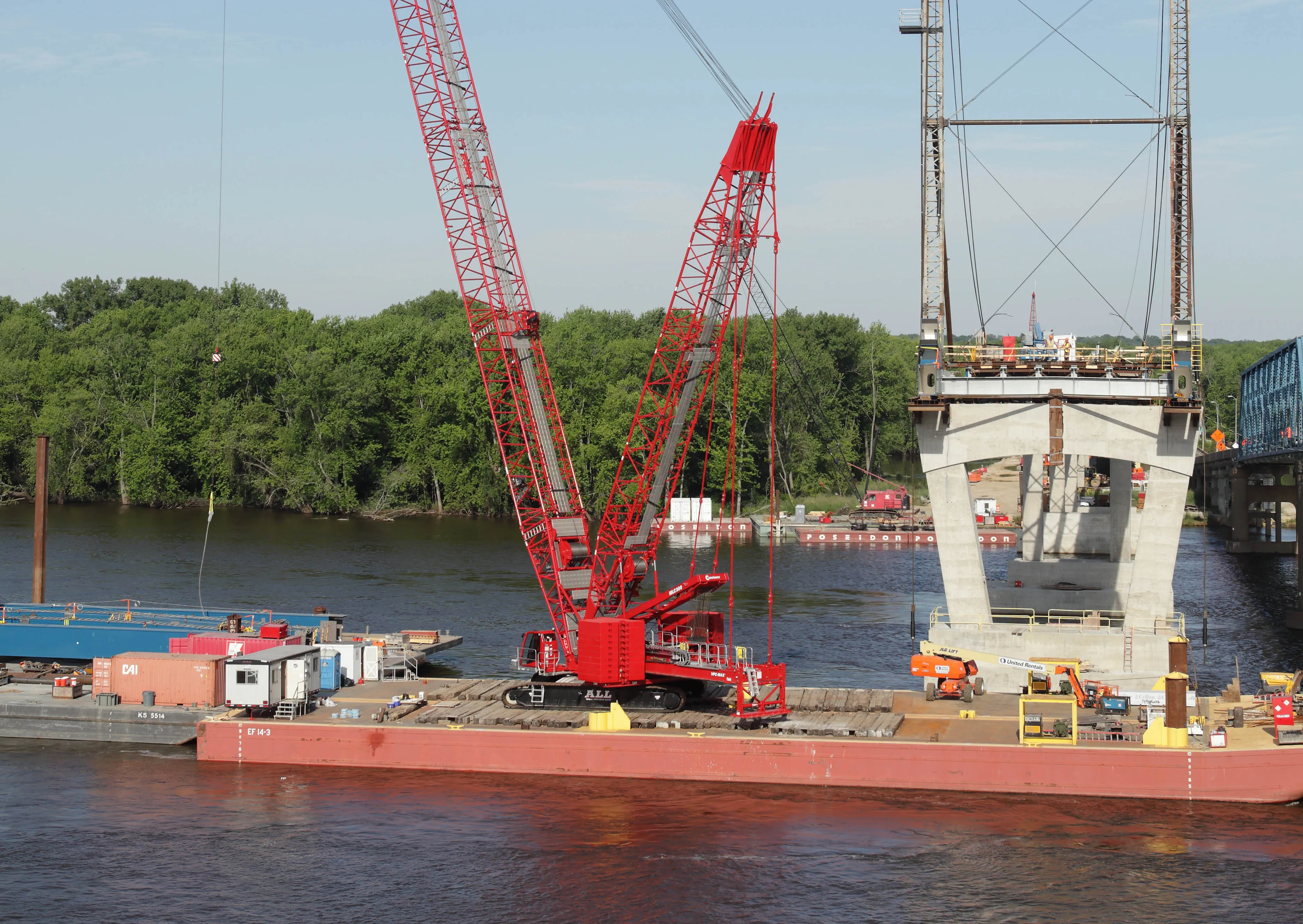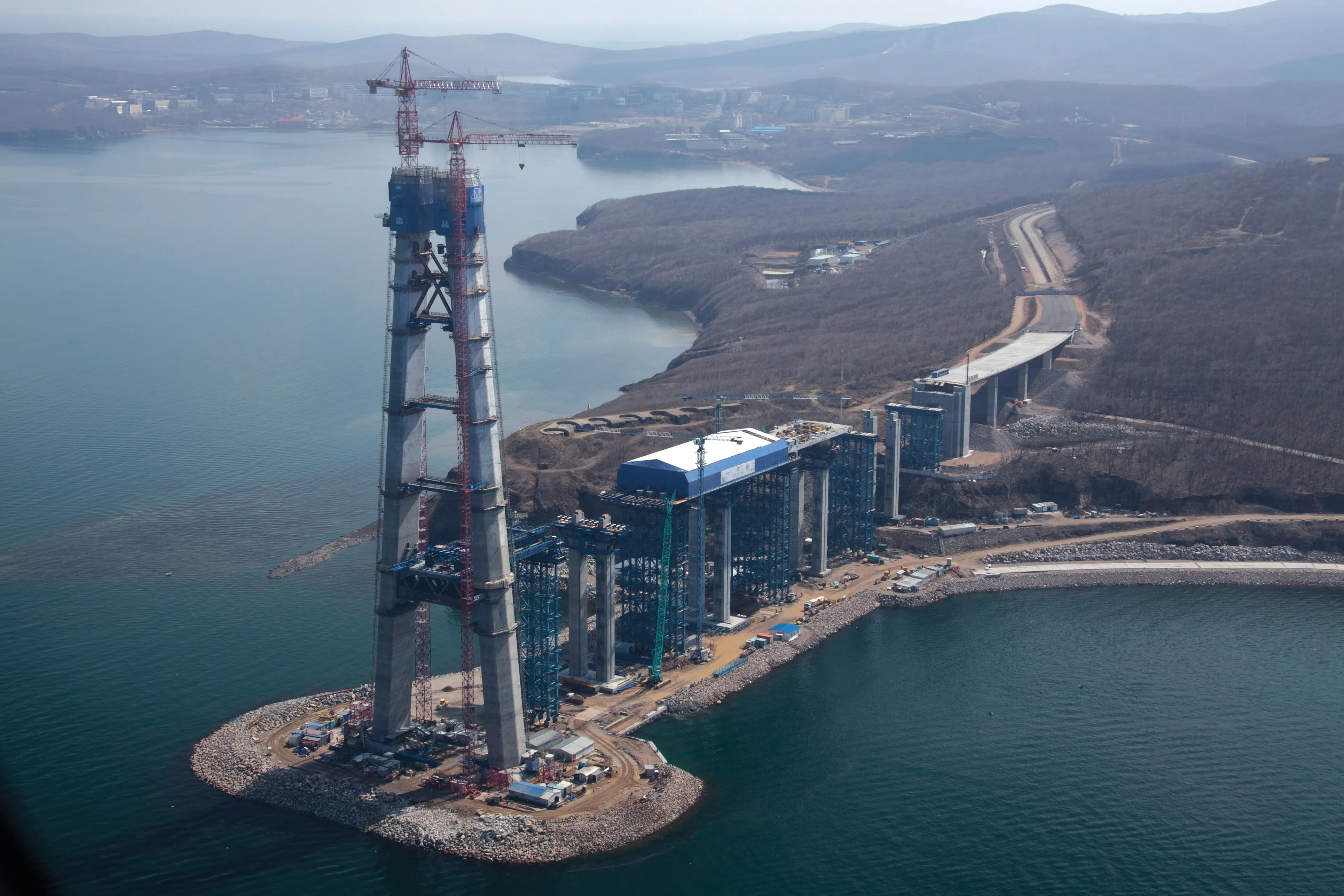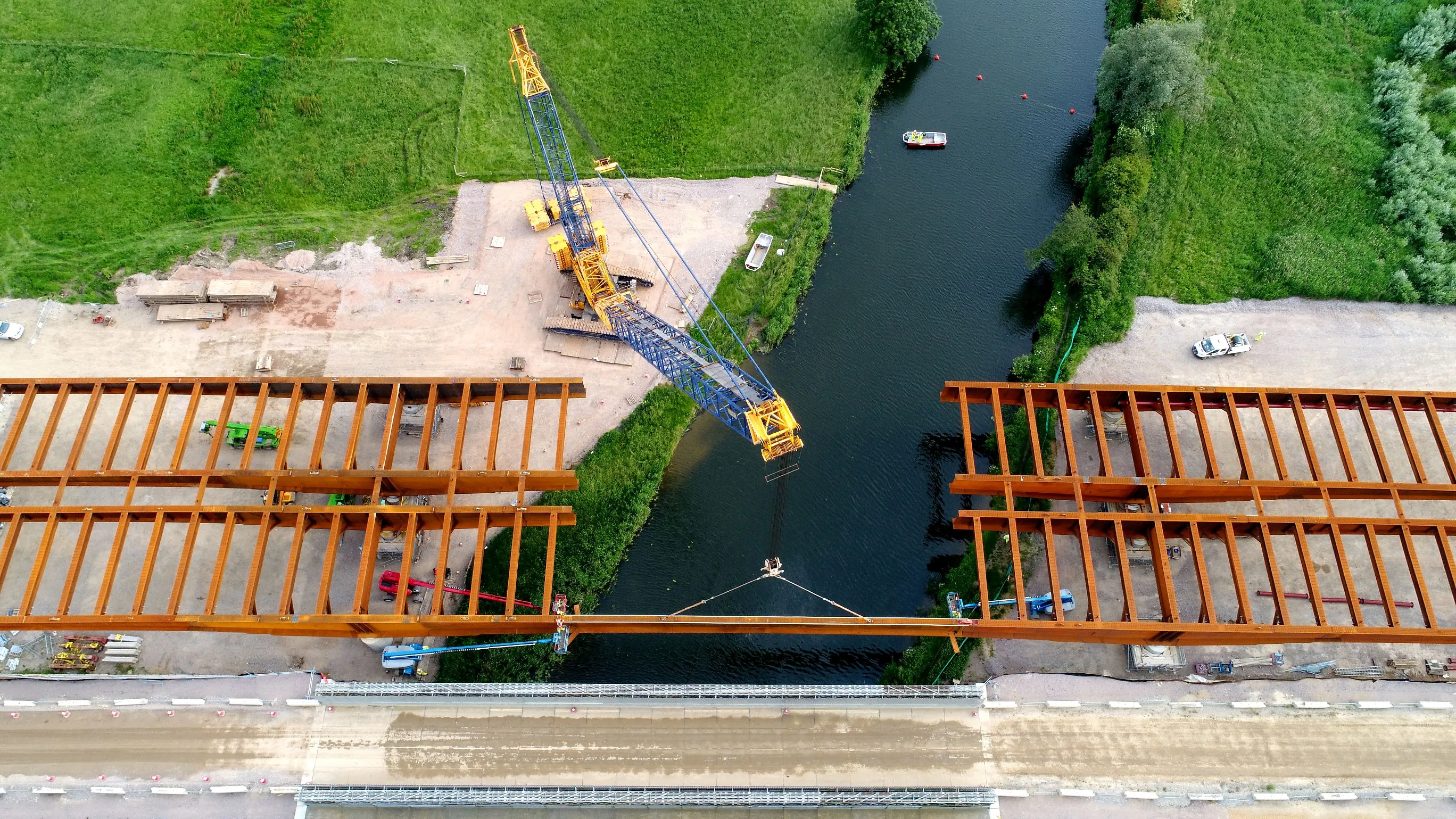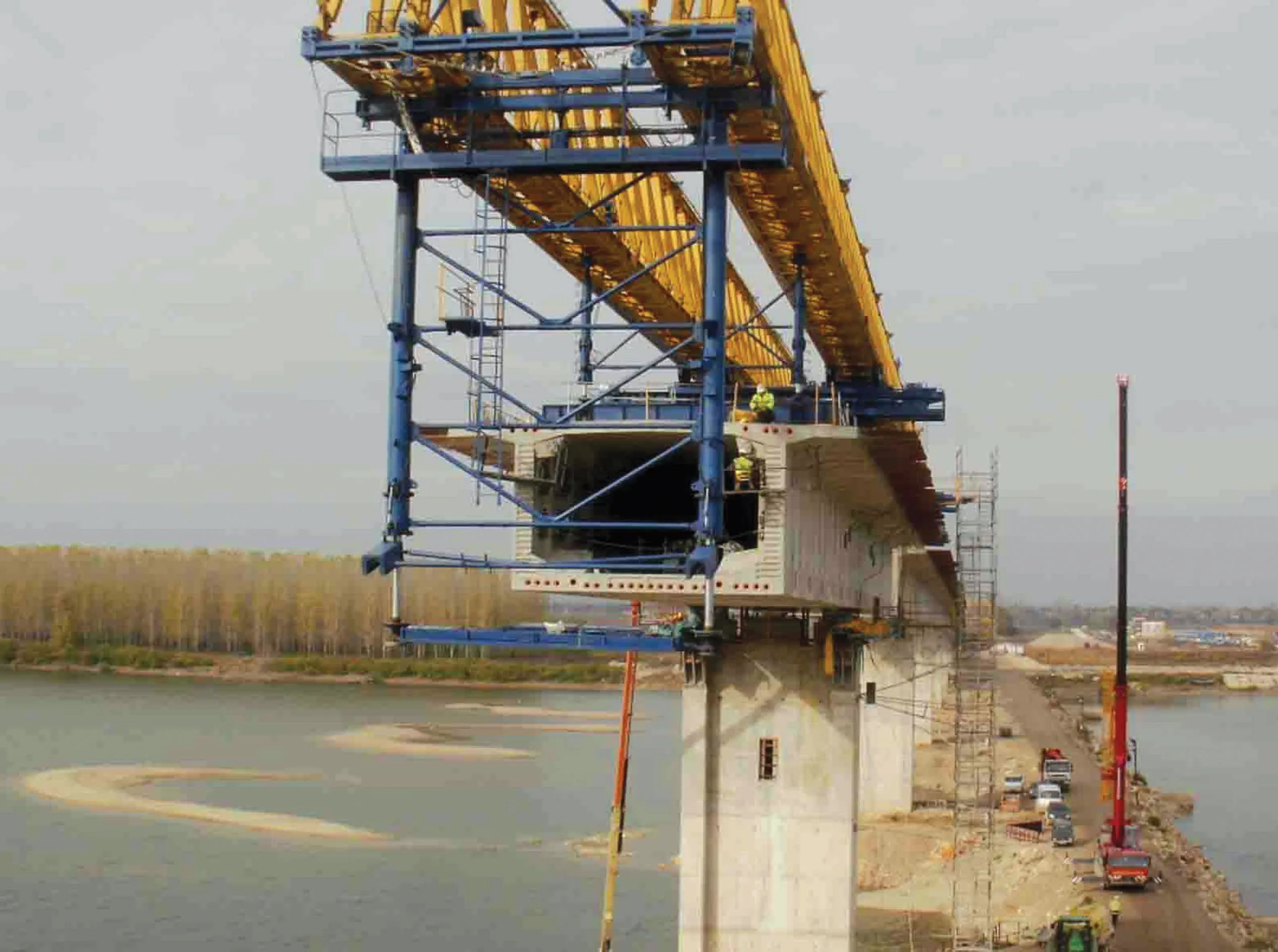Five Potain cranes were used to build pylons for the Viaduto do Corgo project in Portugal. The recently completed 2.8km viaduct is one of the longest and tallest in the country. The machines were supplied by Manitowoc's Portugal office on a rental contract, who managed the cranes throughout the project. In addition to installing the cranes, the local Manitowoc Crane Care team also climbed and relocated the cranes as work progressed. Each crane worked with a 45m jib and constructed four pylons at a time. In
April 16, 2012
Read time: 2 mins
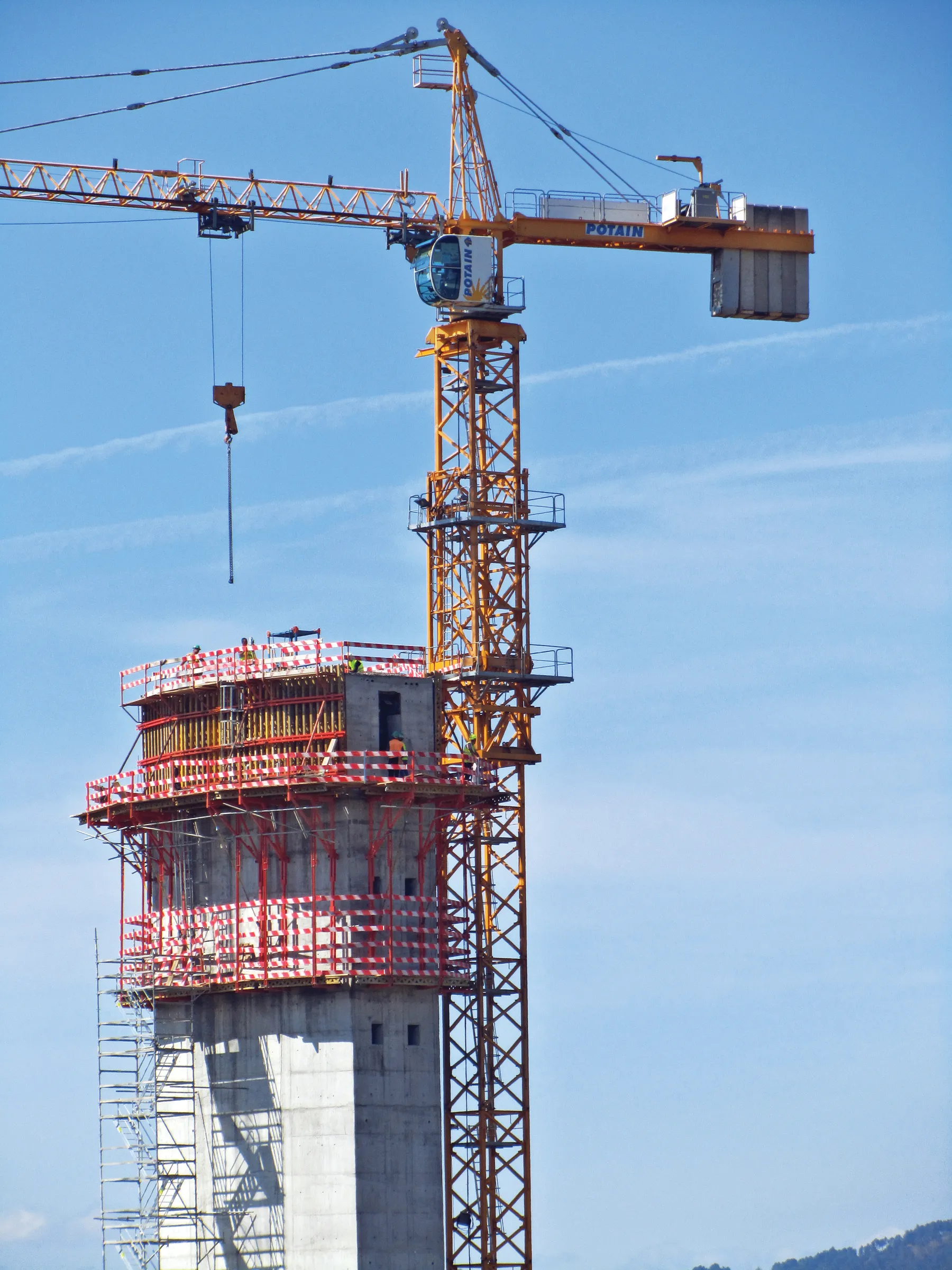
Five Potain cranes were used to build pylons for the Viaduto do Corgo project in Portugal
The recently completed 2.8km viaduct is one of the longest and tallest in the country. The machines were supplied byIn order to construct all the pylons, the cranes were required to move eight times during the project. The pylons were spaced 60m apart over a distance of 1.6km.
Work on the Viaduto do Corgo began in December 2010, and the cranes finished work at the end of 2011. The viaduct is part of the larger Transmontana highway, a €600 million project that will connect Portugal's second largest city of Porto with the Spanish border. Portuguese contractor
There was one saddle jib crane on the Viaduto do Corgo project, the MDT 178, with a maximum lift capacity of 8tonnes. The other cranes were all cathead-design cranes, an MD 235, two MD 238s and an MD 265, each with a maximum lift capacity of 12tonnes. All the cranes comfortably handled the average loads on the project, which weighed in at 6tonnes.
Aside from regularly moving the cranes around the jobsite, the other major challenge for Manitowoc Crane Care was continually climbing the cranes and working at heights from 70-123m.
To achieve such heights, the team needed 30 anchors to secure the cranes to the structure.
Engineers at Manitowoc Crane Care designed, produced and installed each anchor.


